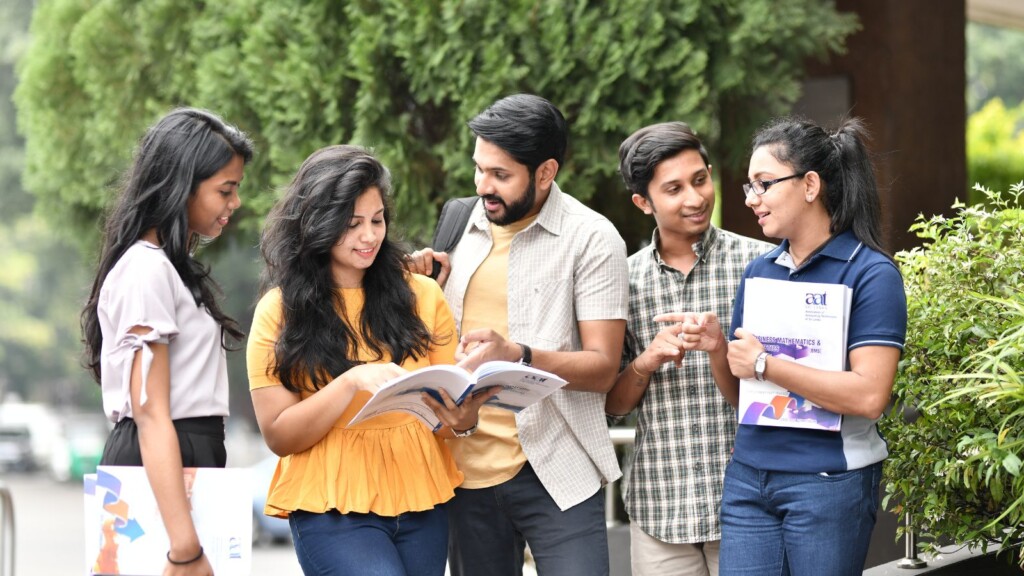Understanding Modern Heroes and Antiheroes
Many students watch popular shows and notice how brave acts and moral struggles shape each story. These heroes and antiheroes turn simple tales into deep life lessons. Viewers might want to write their own reviews or even a paper writing service in USA can help shape fresh ideas. Some seek to craft a heroes and antiheroes what can students learn from modern tv series characters essay for class. They aim to see how strong leaders and flawed rebels can guide real choices.
Heroes often stand for honor, kindness, and loyalty. They inspire people to reach higher. Antiheroes, on the other hand, bend rules and live in the fuzzy area between right and wrong. They might do bold deeds, but their methods challenge normal values. By watching these different types, students can think about courage, regret, and growth.
These shows often highlight how flaws can sharpen character growth. A hero who fails can teach more than a perfect champion. Viewers learn to accept mistakes and still aim for better ways.
Traits of Heroes in Modern TV
Heroes come in many forms. Some fight for justice in big battles, while others lead by example in small groups. Each hero sparks hope through actions that uphold truth and fairness. When heroes show mercy, trust, or teamwork, they give students real examples that motivate hard work.
Young viewers often want traits like bravery or honesty. Heroes show that strong heart matters more than special powers. They stand with friends in tough moments and fight for goals that serve others. This helps students see that daily acts of help and kindness also shine.
Teachers may assign shows to reveal these life lessons. In these stories, students spot the rewards of being true to ideals. At the same time, they see the cost of giving up principles for quick wins. These lessons can shape strong habits. By studying such role models, students may feel inspired to help their classmates and stay true when doubts arise.

Examining Antiheroes and Their Appeal
Antiheroes step outside simple good-versus-bad stories. They have gray morals, but they still hold interest because they battle personal flaws. Students might learn from their mistakes or their bold steps that break normal rules. This can connect to the negative impact of tiktok on students, where quick fame or risky stunts tempt some to cross lines.
Unlike classic heroes, antiheroes might lie or act selfishly, yet they still pull watchers in. These tricky figures remind students that not all choices are black and white. School projects that track antihero journeys can show how fear and pressure shape tough decisions. This gives students a deeper view of what drives people to pick certain paths.
Such characters can also mirror real-life struggles. People are not perfect, and mistakes can lead to insight. Antiheroes show how shame or regret can spark a shift in thinking. That is why their growth resonates with teens who face their own daily battles.
Social Media, Focus, and Character Lessons
While watching TV shows, students also use social platforms. Researchers who do impact of social media on attention span of students research link quick scrolling with shorter focus. The effects of tiktok use on college student learning show that nonstop clips may reduce deep thought. This can clash with the patience needed to grasp complex characters.
When youth split time between screen content and online feeds, they might miss key lessons. They could fail to sense the gradual shift of a hero or the deeper motives of an antihero. This highlights how vital it is to manage time on apps and to watch shows with full focus.
Still, students may gain from comparing their online habits with what they see on screen. They learn to build patience, notice detail, and think before they act. By taking breaks from the phone and giving real attention to these stories, teens can find a balance that helps them grasp lessons from both heroes and antiheroes.

